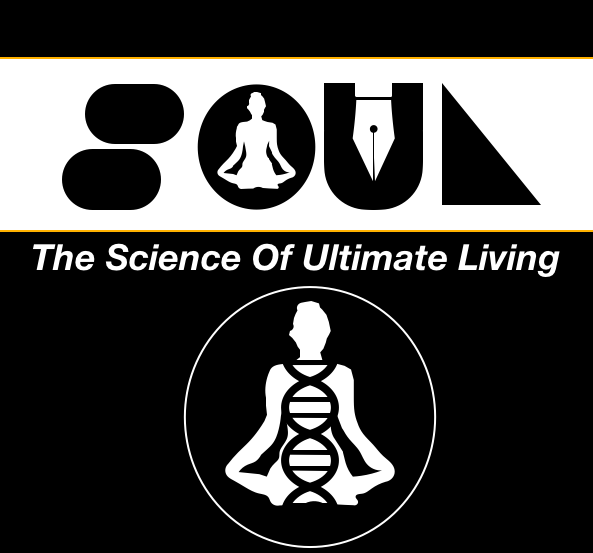
What’s in a name? Names do not matter, but narratives do. People do not like or hate a name, they react to the idea behind it.
Bharat, that is India, is mentioned in our constitution to represent entire India. It is nothing new.
The earliest reference to Bharat comes from the Battle of Ten Kings mentioned in Rig Veda where the Bharata clan wins miraculously against a confedaration of ten tribes. The same battle inspired Mahabharata where we find mention of King Bharat, the legendary king of the Chandravamsa (moon-dynasty) who became a universal monarch. The king is also mentioned in Jain texts as the son of the first Jain Tirthankara. However, in these ancient mentions it only represents India, north of Narmada. Other names often used are Aryavrata and Jambudeepa.
India is a term used by Europeans and became common probably around the 17th century. It comes from Indica used by the Greeks almost 2500 years ago. Indica represents the Indian Sub-continent, land east of the Indus River.
Indica, or India, is a mispronunciation of the term Hindu used by Persians for the land east of the Indus River. Hindu itself is a mispronunciation of Sindhu, used by Aryans for the big river defining the western boundary of Indian subcontinent or now often called as South Asia. Sindhu literally means the river. The people living west of the Indus River called the land east of it Al-Hind, and its people Hindi. Later, the Mughals popularised the term Hindustan.
There are other lesser-known names for India like Tianzhu or Tenjiku used by the Chinese. Tibetans used the term Gyagar or Phagyul.
Let’s put a time perspective on our existence. Human beings have existed for around 300,000 years. For most of our existence, we lived as hunters and gatherers. If we condense our 300,000 years of existence into a single day, we did not have an identity connected to land for 23hrs 12 minutes.
48 minutes ago we had a vague idea of local villages that human beings started to think of as their own. They built the first permanent settlements and started agriculture. Civilisations and history began roughly 34 minutes ago. The term Bharat came into existence ~26 minutes ago. The Mauryan dynasty began 11 minutes ago, the Guptas ruled 8 minutes ago, the Cholas peaked four and a half minutes ago, the Mughals around two and a half minutes ago, and India (that is Bharat) became a nation just 21 seconds ago.
Bharat was a king and the name is an echo from an era before nation-states.
In the last half an hour of our one-day history, it was mostly different empires who ruled. Empires were very different from modern nation-states because their boundaries were flexible and often changed through conquests and alliances. It was very similar to ant civilization, powered by the division of labour. Humans are not unique as far as organised civilization is concerned.
Often these alliances had racial undertones. Interestingly such racial instincts are seen in even three-month-old babies (study by David Kelly) who have preferences for people and even dolls of the same race.
This feeling of in-group vs. out-group goes back to the hunting and gathering days. Putting people and things into such categories helped our ancestors make quick judgements between safe people and strangers, and helped them survive in the wild.
Nation-state is a very modern concept. Nations are bounded by relatively fixed boundaries. The oldest boundary (Andorra’s border with France and Spain) is just around three and a half minutes old (745yrs).
The concept of the nation did something very interesting. It brought together people of different races, languages, and religions inside the same boundary. Against our ancient animal instincts, the nation united diverse groups. Therein lies its beauty, as well as the ugly internal conflicts. Nowhere is this more prominent than in the tribal conflicts of Africa. Narratives play a big role in these conflicts. Such conflicts often create groups who want to move back to the idea of race and redefine the nation as a race.
Nation is a very powerful symbol. Even though we may never travel the entire stretch of that boundary, or know our fellow citizens, we feel a strong connection to that land defined by modern boundaries. We feel proud of our flag and the national anthem gives us goosebumps. We are ready to kill and die for the piece of land.
The instinct that started for survival of individuals, became more than individuals. The idea of nation transcends individuals and thus individuals who challenge the concept of nation are often punished or even killed. Note the similarity with punishment given to people challenging religion, or the king in his kingdom. It comes from our same evolutionary tribal instincts of fear and ego of those whom the narrative serves.
One thing we have learned from history is that no society lasts forever. All societies will eventually collapse. However, our need for society will always exist. We need people we can call our own and other societies to contrast and compare ourselves against. Comparison is a way our mind measures our social worth (Social comparison theory).
What’s in a name? The name gives us identity. It gives us a narrative. It helps us unite.
Few seconds of narrative in the scale of a day of humanity might seem irrelevant. Yet it is a powerful symbol influencing each and everyone involved now, and their future generations.
Narrative is power. That’s why the church, the state and the corporations spends so much money to control it. A narrative that unites also divides.
The question is, whom a name will unite and whom will it compare and contrast against? And to what end?
